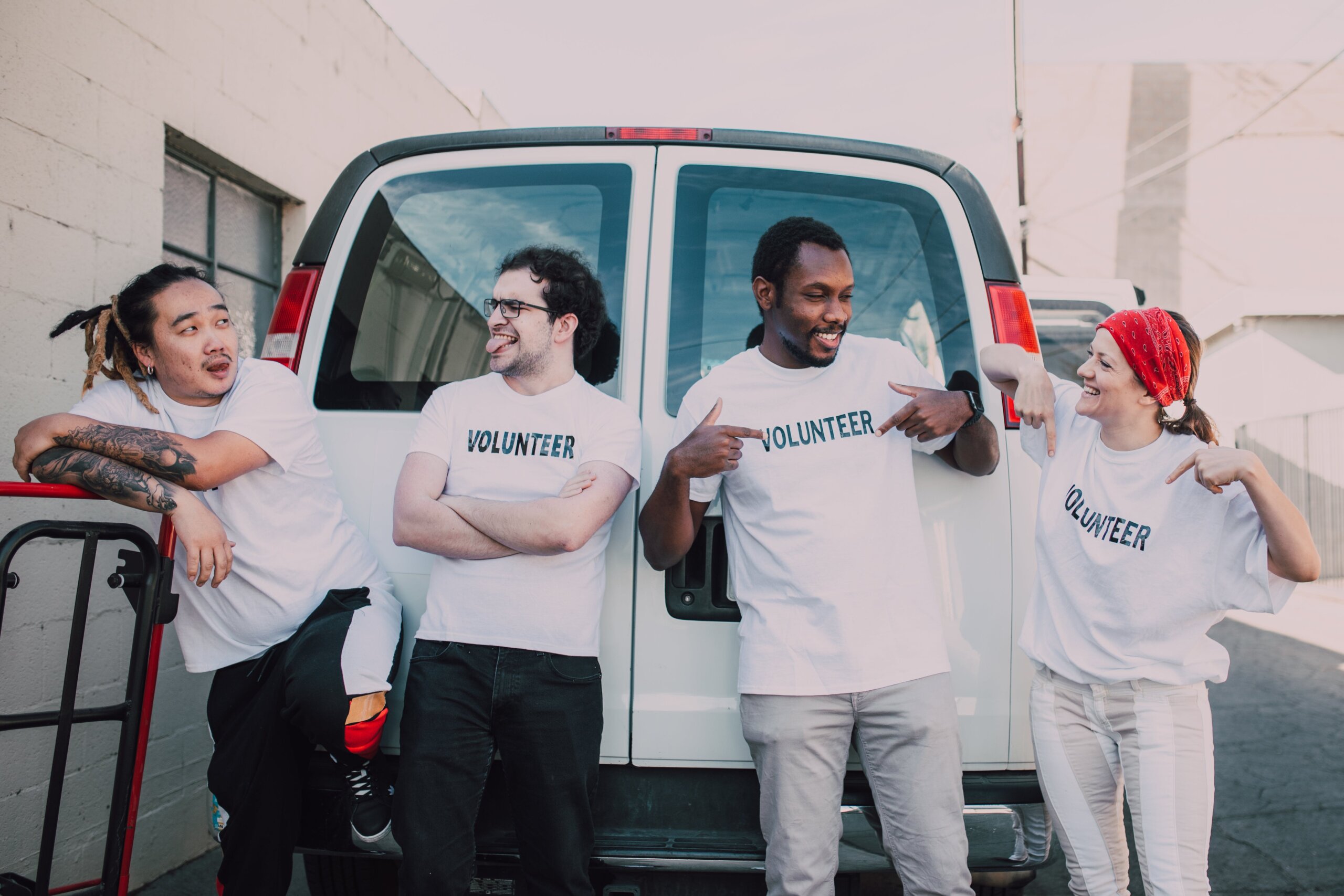
Volunteers are essential to the success and impact of nonprofit organizations. Not only because they provide direct support with their skills, but because they are passionate and truly care about the nonprofit’s mission. Their enthusiasm and dedication inspire the communities they serve, expanding the nonprofit’s reach as they share their experiences and advocate for the organization within their circles.
That’s why converting volunteers into peer-to-peer fundraisers is a key strategic move that can bring a myriad of benefits to charitable organizations. These tips we found at Classy.org can help you turn volunteers into fundraising superheroes!
1. Make a Strong Impression During the Onboarding Process
As volunteers begin onboarding and training, tap into their initial enthusiasm. Emphasize their crucial role as mission ambassadors and integral team members. Then, illuminate the immediate impact they’ll make and the intrinsic rewards they’ll gain.
You can use this opportunity to share how peer-to-peer fundraising helps your organization achieve the goals you’ve set for the year. Pair that with a tour of your office or a chance to interact with beneficiaries or staff to deepen their trust and comfort within your organization.
Even if a volunteer’s initial experience isn’t enough to inspire recurring visits, you’re planting a seed that may grow and motivate a return.
Quick Tip: Consider creating an online tour for virtual volunteers to strengthen relationships. If your volunteers are local, invite them to tour your office with their colleagues, friends, and family for greater impact and potential for fundraising success.
2. Give Volunteers the Easiest Way to Get Started
Creating a peer-to-peer fundraising page should be as simple and straightforward as possible. With a short setup time and much potential reward, it’s more likely that volunteers will seize the opportunity.
With the right peer-to-peer fundraising software, you can create a branded donation page ready for volunteers to take and personalize with a few clicks.
Here are a few ways to simplify the process for new fundraisers:
- Set up a fundraising page template for people to duplicate and personalize.
- Guide personal goal setting and storytelling techniques.
- Encourage fundraisers to add images and videos that make it feel personal, with examples to lead the way.
- Demonstrate how to share their pages through social media.
- Distribute a fundraiser toolkit and resources that help them raise more.
- Incorporate various payment options into your campaign page template for a higher chance of converting.
3. Bring Even More Engagement with Fundraising at Events
Your volunteers often dedicate their time to attending and working the events you host. Why not encourage them to fundraise for the events too?
For volunteers who can’t make the event in person, peer-to-peer fundraising is an alternative way for them to show their support. You could offer this option via email leading up to the event or in a post-event recap message for those who couldn’t make it. As volunteers see the fundraising thermometer move closer to your event’s overall goal, they’re reminded why they dedicate their time to your cause and how their presence impacts your mission’s fulfillment.
Lean into the pride they experience in those moments by presenting peer-to-peer fundraising as a way to extend that satisfying feeling and do more good for your cause.
4. Present Tailored Fundraising Opportunities
Impersonal mass communications can deter anyone from taking action, especially when a group of volunteers has grown closer to your cause than most.
Personalization is key as you consider which forms of peer-to-peer fundraising best align with volunteers’ passions. To segment your list appropriately, evaluate your donor base in a customer relationship management platform or volunteer management system.
Pitch fundraising opportunities by volunteer segments such as:
- Initiative: Appeal to their interests and ask volunteers who have opted for a specific initiative or volunteer position to fundraise for that program.
- Schedule: Take note often when someone is more available or open to volunteer hours. Then, be intentional with the peer-to-peer volunteer and fundraising opportunities you present to ensure they align with that person’s preferences.
- Communication method: Determine which communications channels your volunteers prefer to improve your response rates.
- Tenure: Get creative with volunteer outreach around their anniversary with your organization, or use their time helping your organization as a natural segue to become a fundraiser.
- Demographics: Align and personalize the fundraising opportunities you present to volunteers based on their location, income levels, and employment status.
5. Share Testimonials from Other Fundraisers
A strong testimonial can greatly increase your number of fundraisers, especially if it comes from someone who has spent ample time working with your organization and can speak to the positive experience.
Supporters who have fundraised before are the perfect candidates to provide a short testimonial about their experience and tap into the emotional and intrinsic values of doing so.
One way to get a quick yet meaningful testimonial from your fundraisers is to send an online survey or mini poll on social media right after a successful campaign. An email would work, too. Their experience will be top of mind, and their positive memories will remain fresh.
6. Celebrate Loyalty
Celebrating volunteers’ incredible work is a wonderful motivator.
Find new ways to highlight impacted volunteers to showcase how meaningful it is. This can also entice them to continue to fundraise in addition to their volunteer efforts and possibly gain interest from others curious to start.
While you could go big with these celebrations and incentives, you can also consider the simple act of featuring someone or a group of people on your social media channels with a personal message of appreciation. A physical thank you letter from your staff or beneficiaries can also go a long way to building a lasting relationship.

